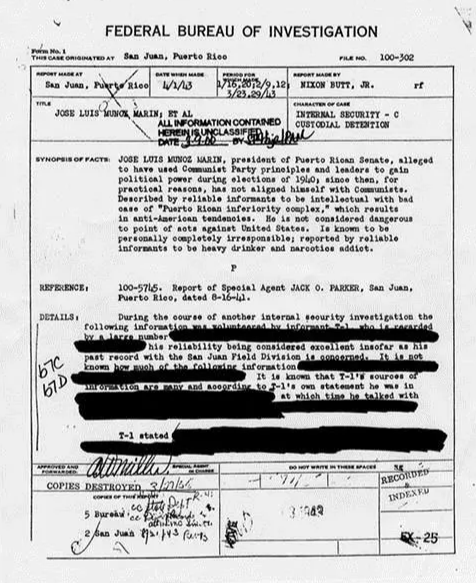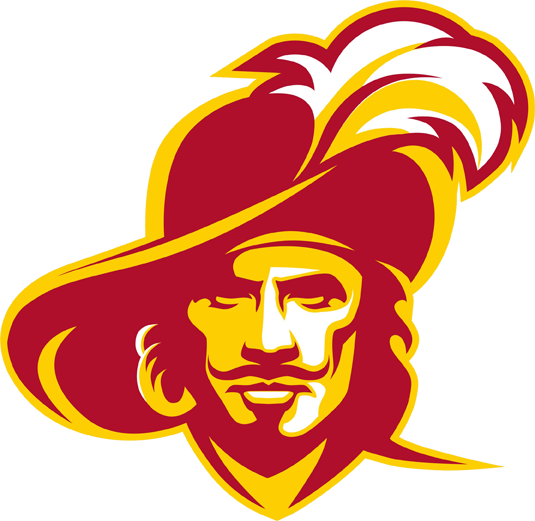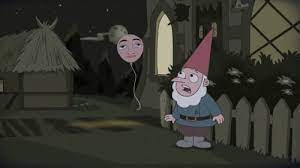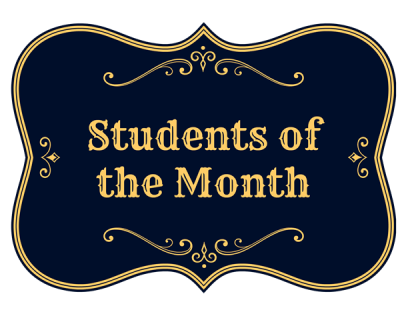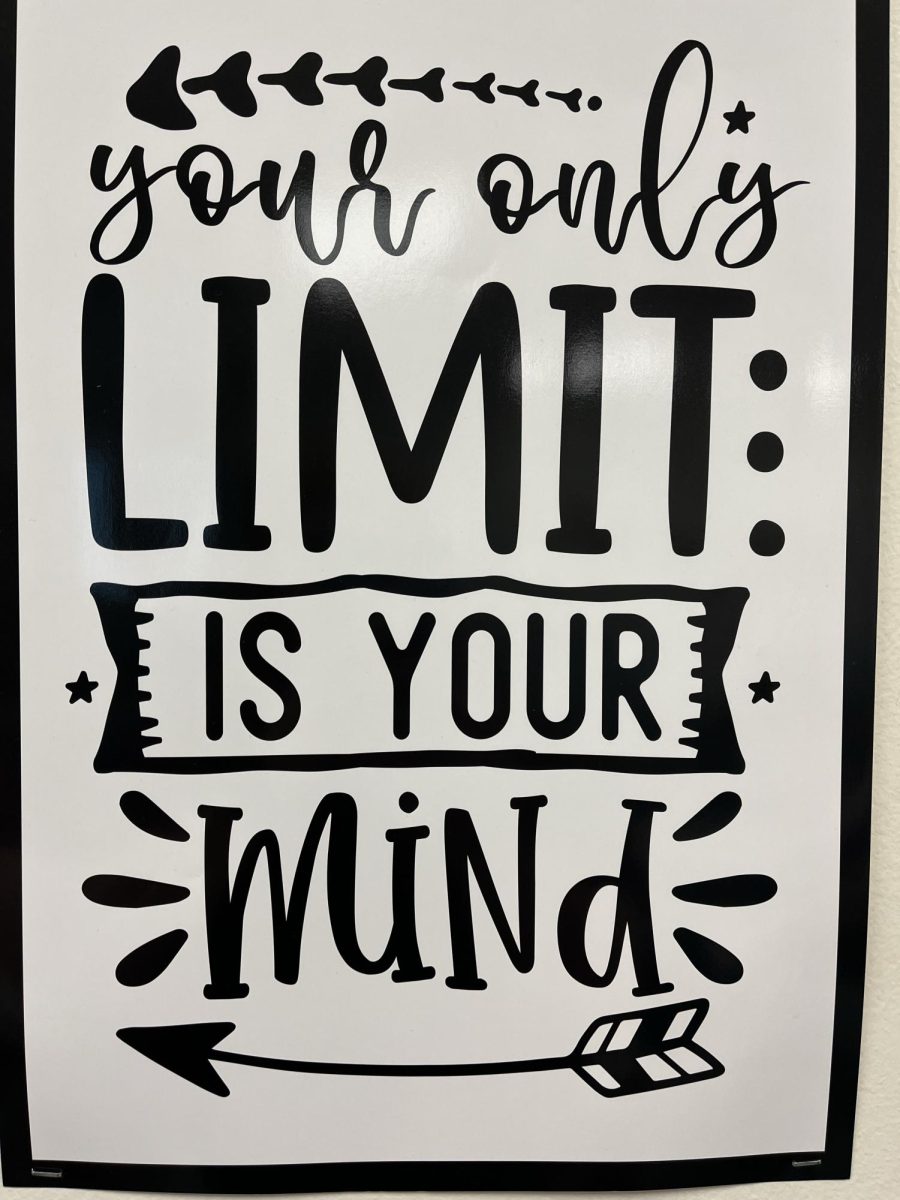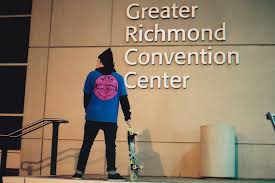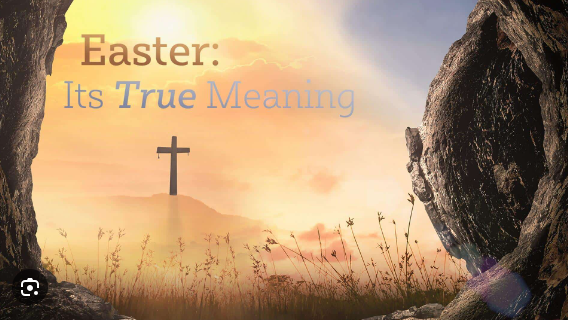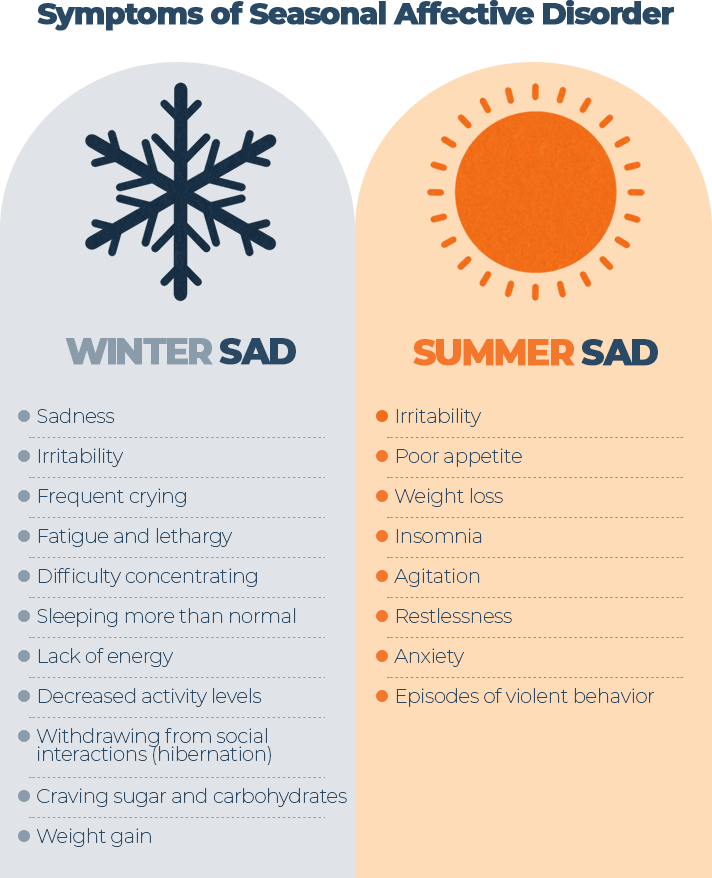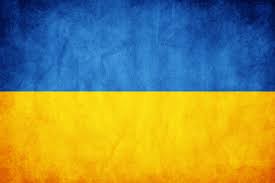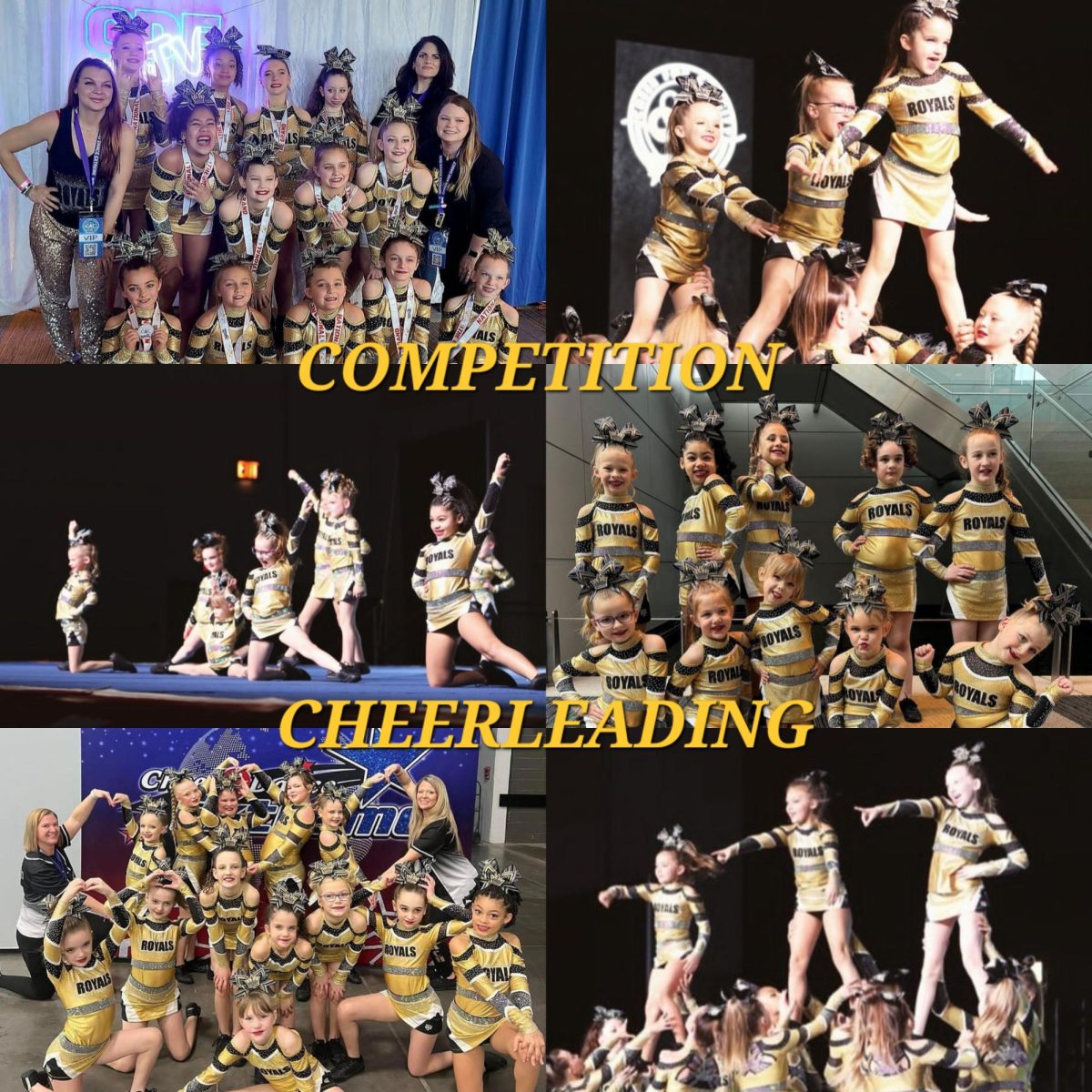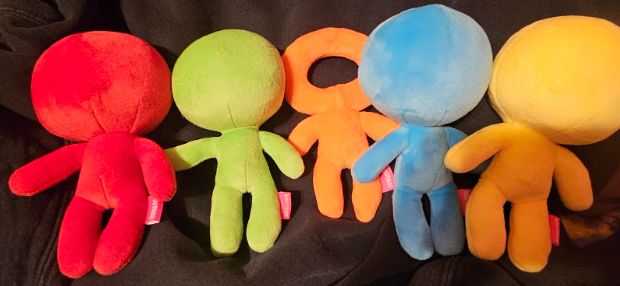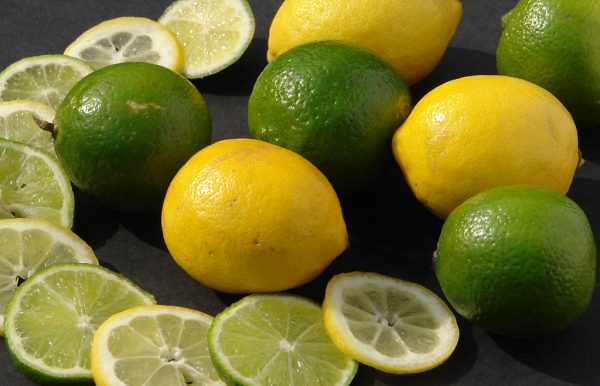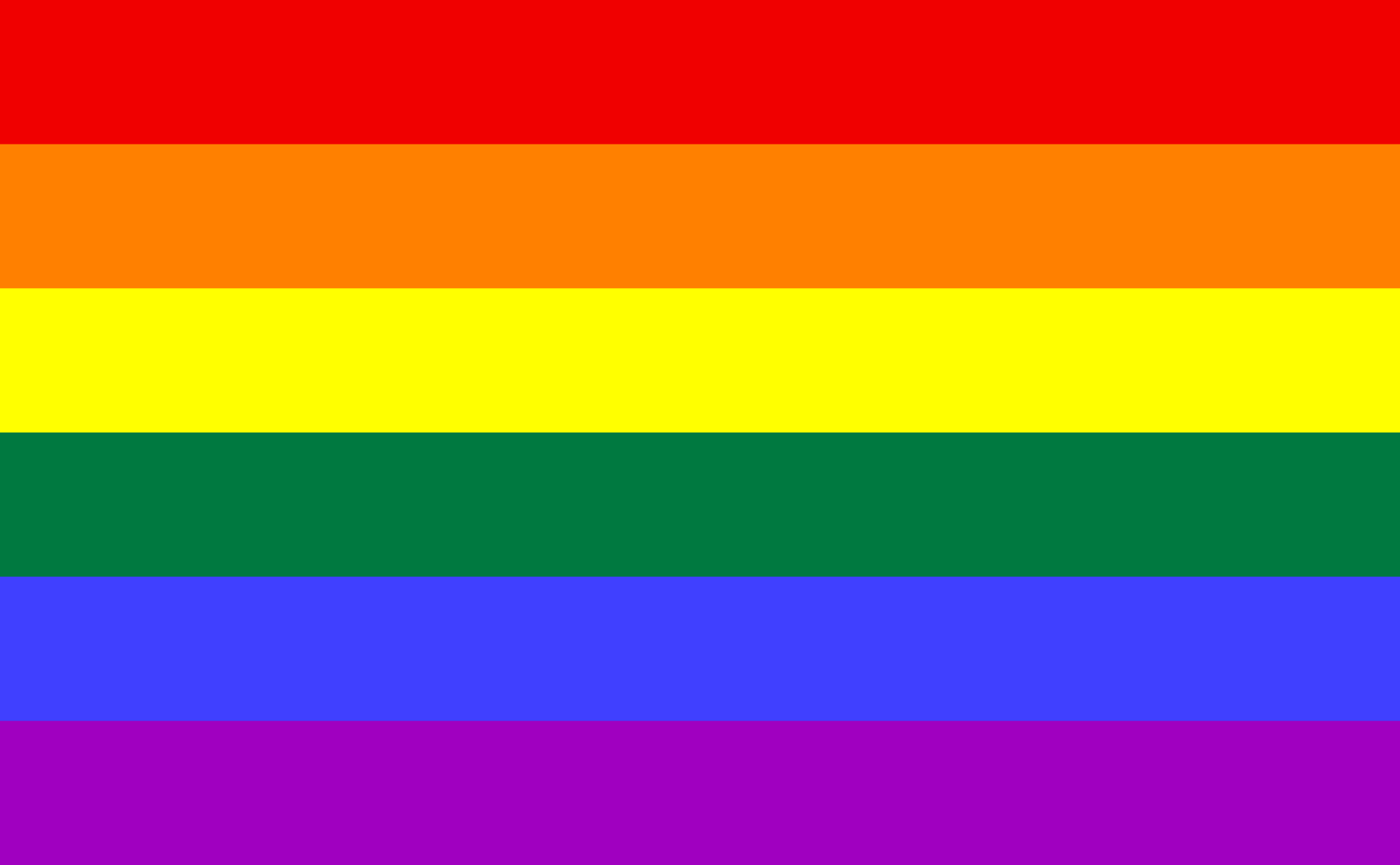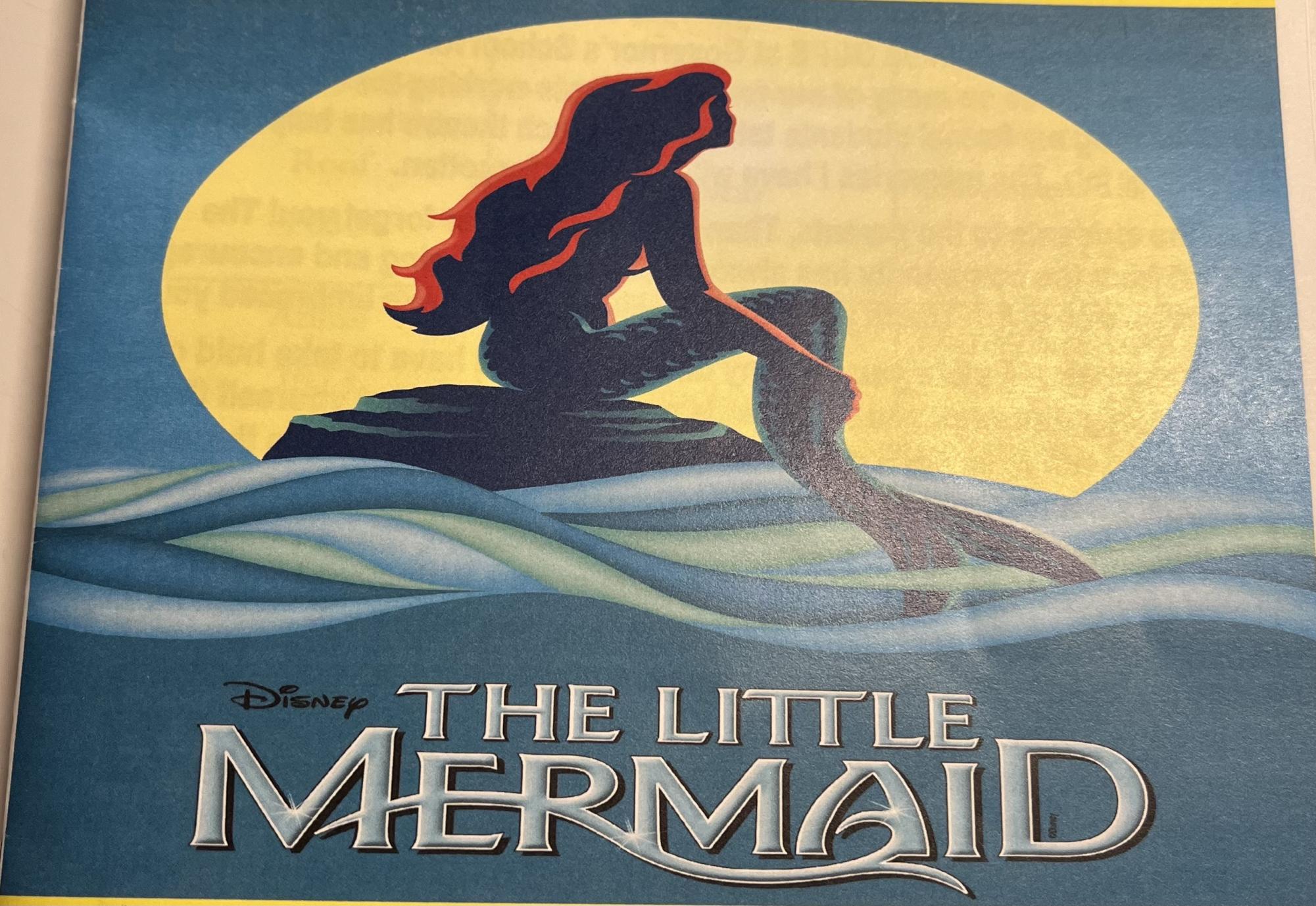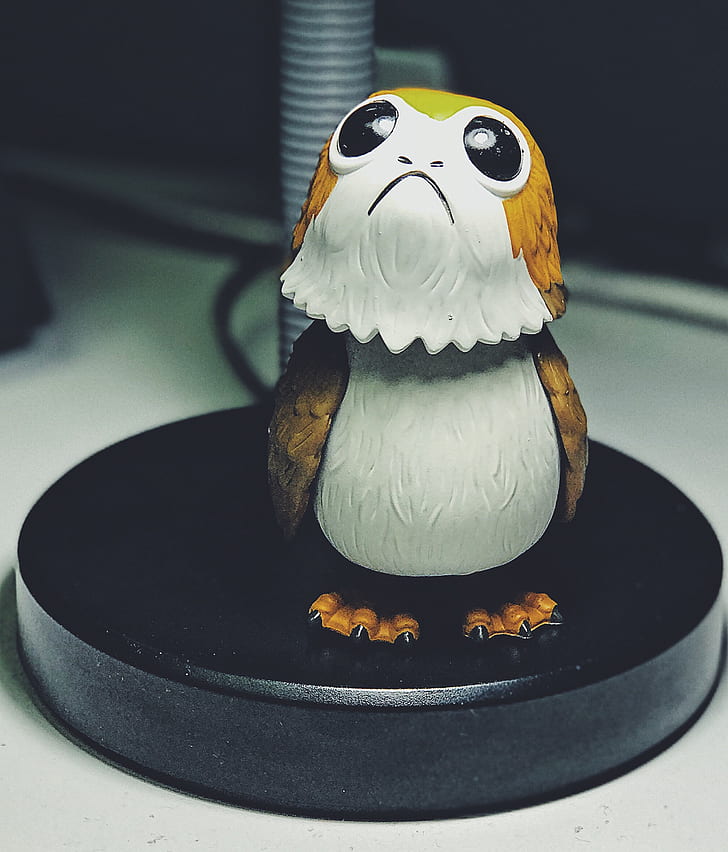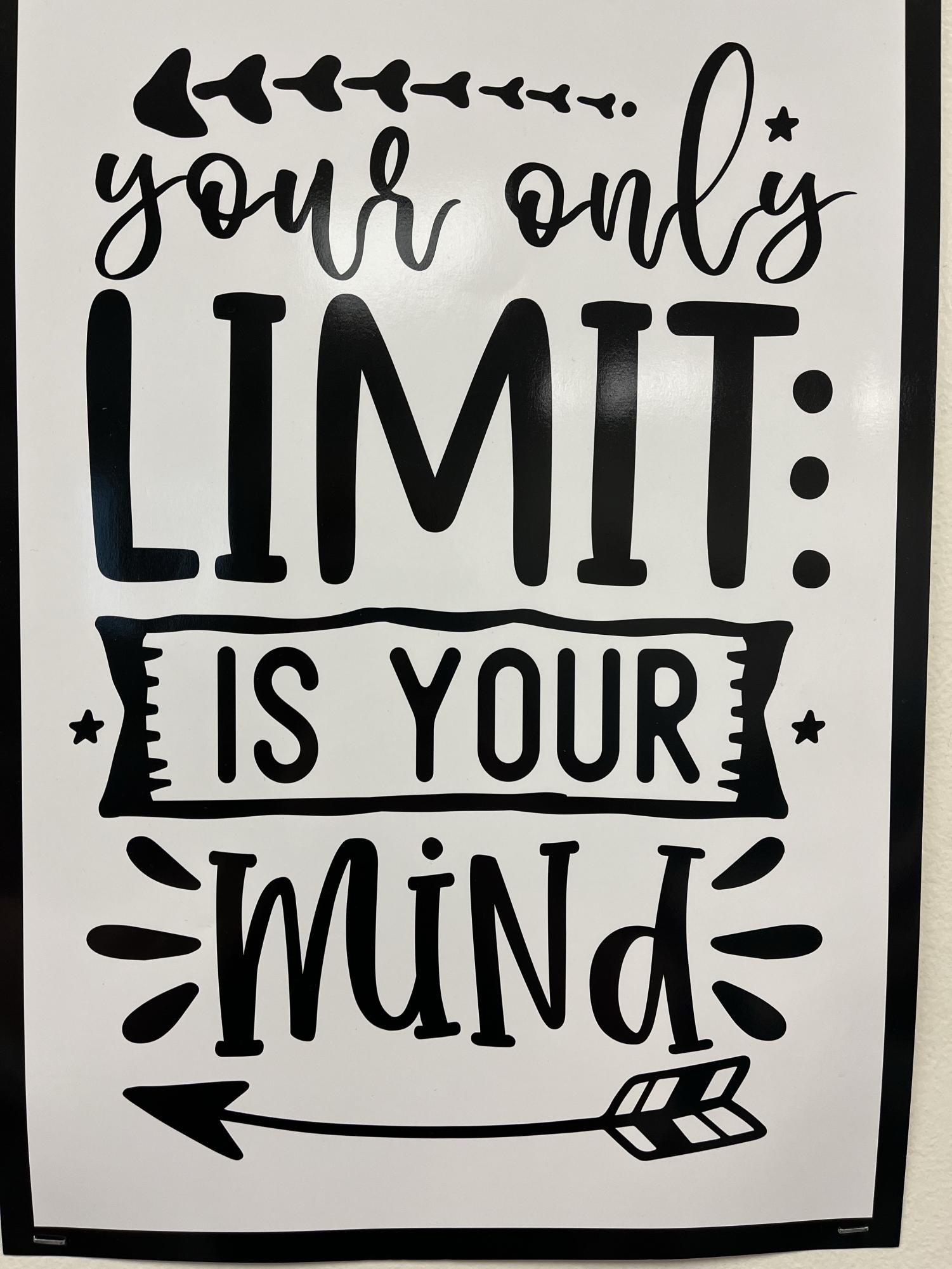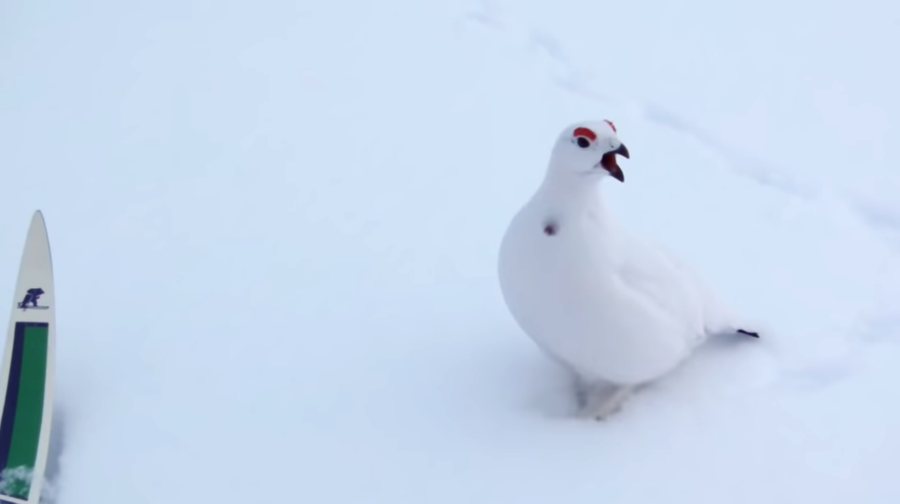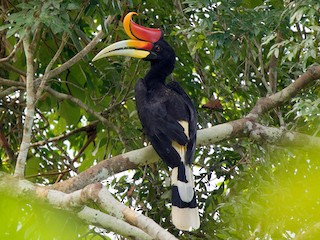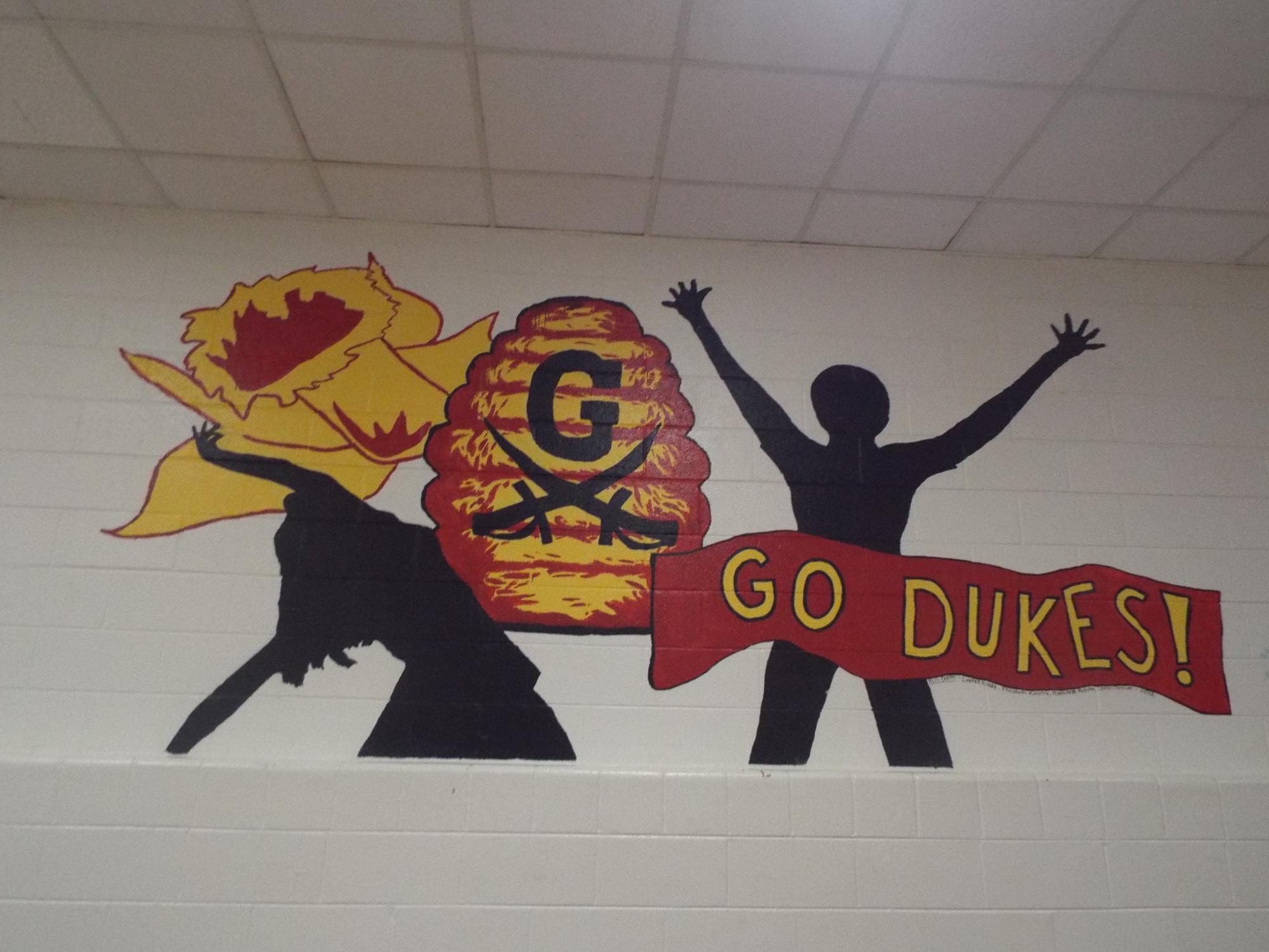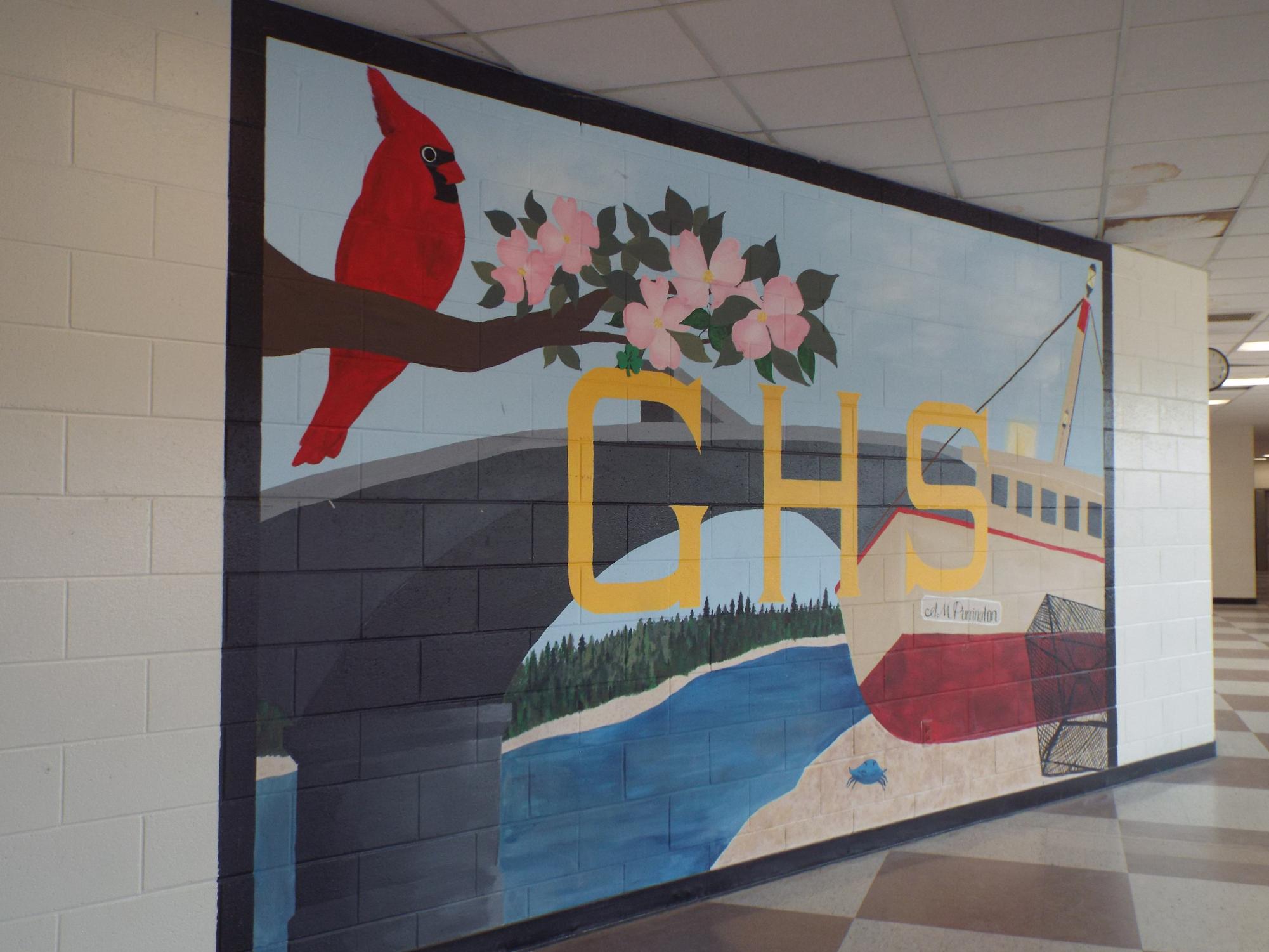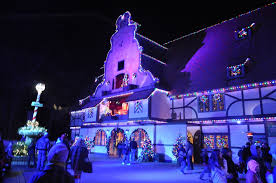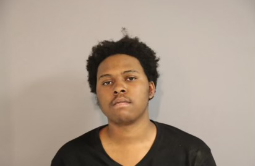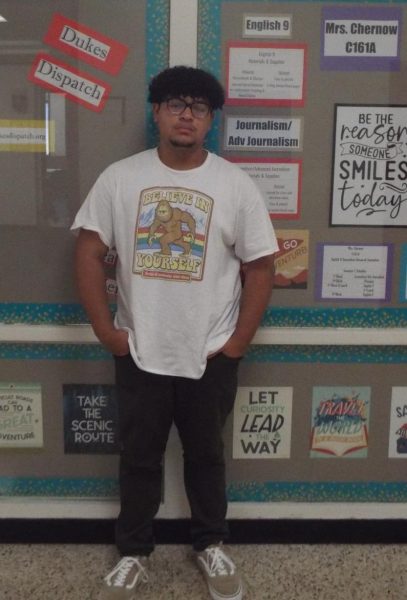In 1898 many of Spain’s colonies began fighting for independence after being under Spain’s rules for centuries. Soon the United States stepped in claiming that they would “liberate” these colonies and eventually a peace treaty was signed called the Treaty of Paris which freed not only Puerto Rico but also Guam and Cuba. Instead of the US keeping the promise to free them, they simply took Puerto Rico for themselves. They first passed a law called the Jones Shafroth Act in Puerto Rico. They started appointing US leaders, people who knew nothing about Puerto Rico and didn’t even know Spanish. An example of this was a man by the name of Charles Allen. He used his power as a governor to raise taxes and land grants to build up his sugar kingdom. He was a businessman and made his sugar business the largest in the world this business was called the American Sugar Refining Company, but what we know today as Domino Sugar.
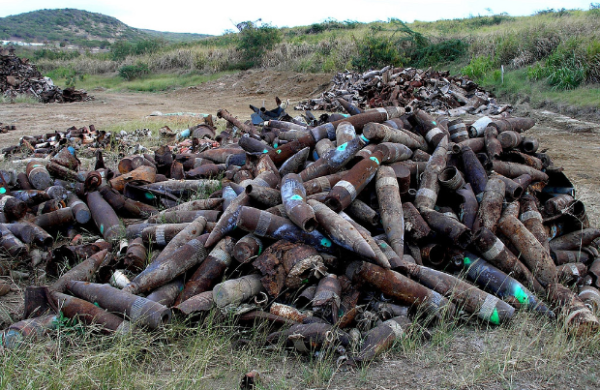
As this American grasp on this island grew the US began ripping through the Puerto Rican identity by banning the ability to speak Spanish and also firing “disloyal” teachers from schools. They even forced students to pledge to an American flag and sing the national anthem. As time went on, Puerto Rico became dependent on shipments from the mainland. Still, the US took this dependency and enforced some rules to have anything transported into Puerto Rico have to come from American ships with American crew. This caused prices to go up, and it didn’t help that the US devalued then outlawed Puerto Rican currency, with every Puerto Rican losing 40 percent of their savings. Just as they did to the Native Americans, they didn’t see this land as home to the people they saw this as the land of an economic kingdom, but instead of cotton, they used this land for sugar. By 1930 a huge portion of the banks owned the sugar farms, and the Puerto Ricans were being paid less than a dollar an hour. Around this time, the US used Puerto Rico as a military outpost, testing thousands of bombs in Puerto Rico. Soon, the Puerto Ricans began fighting back.
A man by the name of Albizu Campos led the fight of many battles for independence. He was a smart man, eventually going to Harvard and fighting with the US during WWI. He even helped draft Ireland’s Dependence Constitution. He was a huge player, being the head of the nationalist party. They ran for office and also organized rallies, something that the US First Amendment right guaranteed for any US citizen, but these people weren’t seen as citizens. They were tools for cheap labor, and soon a man by the name of Cornelius Rose came to Puerto Rico claiming to be doing health research. This wasn’t exactly true, and we know this today because of a letter he wrote to his colleagues. His letter stated, “Porto Ricans are beyond doubt the dirtiest, laziest, most degenerate and thievish race of men ever inhabiting this sphere. What the island needs is not public health work but a tidal wave or something to exterminate the population. I have done my best to further the process of extermination by killing off eight and transplanting cancer into several more.” The staff at the hospital where he was working eventually found this letter, and it went around, but he was never punished, only rewarded as his career skyrocketed, becoming a director for a hospital, serving during WWII, being awarded the Legion of Merit, and eventually on the front side of Time magazine. This showed the Puerto Ricans that these people weren’t the liberators they claimed to be, but rather rulers. This sparked the nationalist party, making it larger than ever, and eventually, the US began bringing to the island their militia, actively threatening these people.
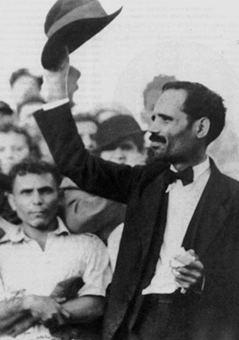
In one incident in 1935, police murdered four nationalists at an event, causing the group to murder the police chief. Then, without trial, they murdered the chief’s killer and arrested Campos. He then went through the usual court process with a rigged jury, and he was imprisoned for ten years. Two years later, in 1937, a peaceful protest was held in Ponce, causing the police to massacre the crowd. Nineteen people were killed, and another two hundred were injured. This crowd included men, women, elders, and even children. They were sprayed with machine guns, and some were even beaten. As the people fled, they were shot in the back, showing how remorseless this militia was. Soon, the US government became worried about this land. In their eyes there was still more money to be made from this island but also all of the military outposts on the island. It begins with FBI agents coming to the island, saying they’re working for the police force. Little did the Puerto Ricans know that they came to spy on each and every person they deemed a political threat. Once they became aware of these people, they would sabotage the politicians and, in turn, sabotage the independence movement. They wouldn’t just spy on the nationalists. They would spy on anyone that associated with them, and they tracked criminal records, license plates, school transcripts, and even guest lists to weddings. They were extremely detailed regarding this, intercepting letters and telephone calls. They would also make connections with people in the group causing manipulation, divorces, and causing many people to turn on each other throughout the group. These documents were called Las Carpetas, and many Puerto Ricans were denied jobs because of these documents. This mix of control over these people is no doubt a form of psychological warfare that isn’t just illegal but immoral.
In the fall of 1950, Campos and his nationalist party declared Puerto Rico an independent nation, realizing that peaceful protests just wouldn’t work. They began by attempting to take over towns, set US-owned buildings on fire, cut phone lines, and even attempted to assassinate the governor. The United States reacted by bombing the island, the only time in US history where the US bombed their own civilians. After President Truman talks about the incident and downplays it, two nationalists attempt to assassinate him but end up being shot dead. The police responded with a mass arrest of about 3000 people in jail. A few years later, four nationalists opened fire in the House of Congress, causing Campos to yet again be arrested, but this time sentenced to 80 years in prison. In prison, Campos was exposed to high levels of radiation, causing him to have a stroke, be paralyzed, and be unable to speak. The US finally silenced Campos for good. After ending the revolution the FBI continued to launch their “investigation” that lasted 50 years. Even today, the independence movement is still split, though now they have the right to choose independence or to remain with the US. This might not be an amazing ending, but a bittersweet beginning.
